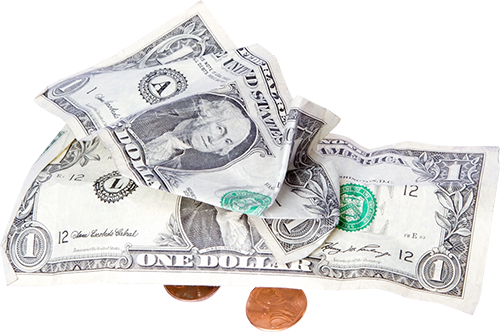We couldn’t find that page. But we did find these under the couch cushions.


Kaufman Rossin Wealth, LLC (“the Firm”) is a registered investment advisor with the Securities and Exchange Commission. Reference to registration does not imply any particular level of qualification or skill. The content discussed in this website is for informational purposes only and should not be considered tailored investment, financial, or tax advice. Investing involves risk including complete loss of principal. Different types of investments involve varying degrees of risk. Therefore, it should not be assumed that future performance of any specific investment or investment strategy will be profitable. Asset allocation can be used as an investment strategy to assist in mitigating risk; however, it does not guarantee a profit or protect against loss. Due to various factors, including changing market conditions, such informational content provided by the Firm, including any opinions of the financial markets and investment strategies, may no longer be reflective of current positions and/or opinions.
¹The Kaufman Rossin Group consists of Kaufman Rossin CPAs and Advisors, a professional association providing accounting and advisory services; its wholly-owned subsidiaries Kaufman Rossin Wealth, LLC, a Registered Investment Adviser, Kaufman Rossin Insurance Services, an insurance solutions provider, Kaufman Rossin Registries, LLC, a registered agent and Kaufman Rossin Professional Services Private Limited, an India-based professional services provider; and its affiliated entity, Kaufman Rossin Alternative Investment Services, LLC, a full-service fund administration provider.
Do Not Sell or Share My Personal Information
© 2022 Kaufman, Rossin & Co., A Professional Association, All Rights Reserved
Legal Disclaimer Privacy PolicyKaufman Rossin is proud to be a member of Praxity